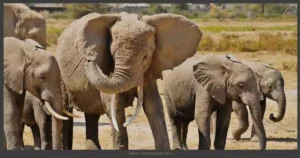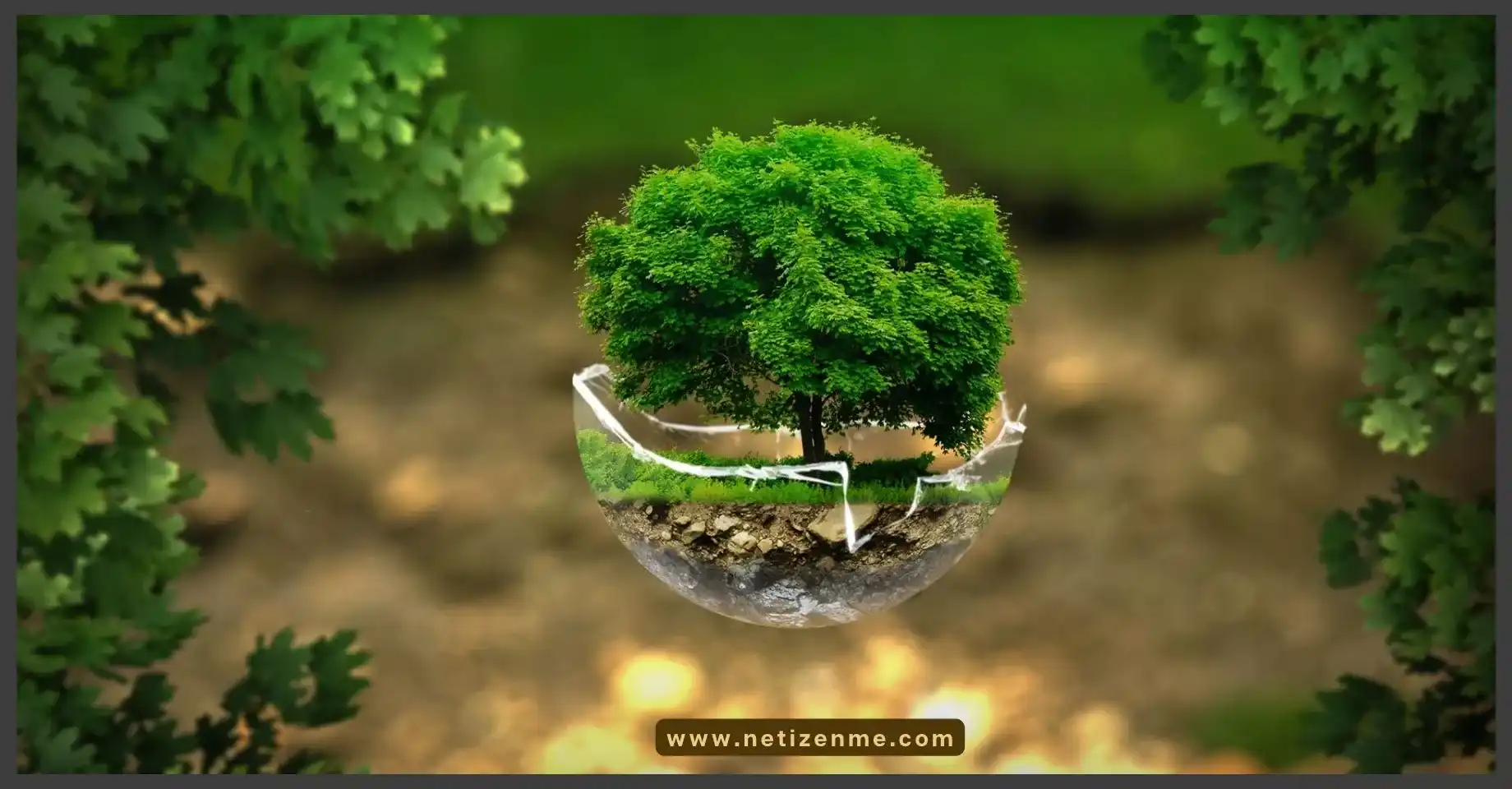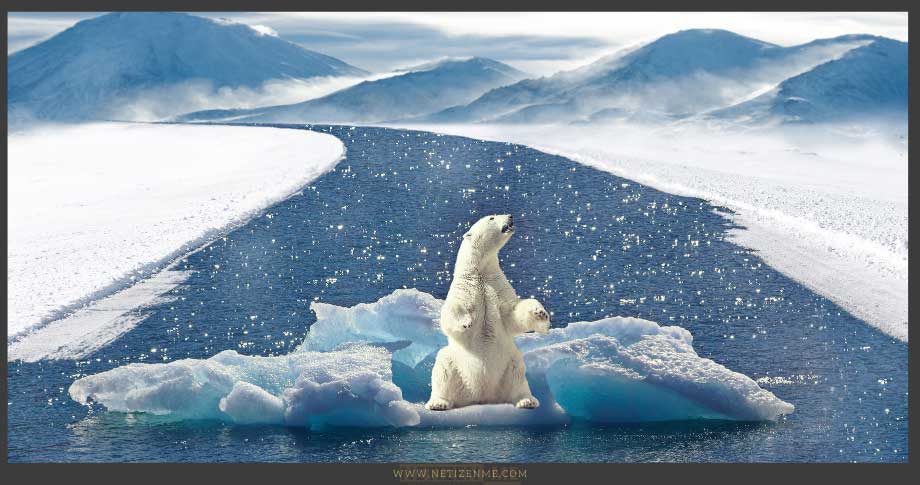
Did you know these interesting facts about the environment?
- An ecological footprint is a tool that uses the land as the unit of measurement to assess per capita consumption, production, and discharge needs.
- The smallest unit of biological structure that meets the functional requirements of “living” in the cell.
- A suggested and testable explanation for an event is called a hypothesis.
- The type of logical thinking that uses related observations to arrive at a general conclusion is called inductive reasoning.
- Water is not the most abundant atom in Earth’s atmosphere.
- Using a pH meter, you find the pH of an unknown solution to be 8.0. This solution is described as weakly basic.
- Example of a monosaccharide is fructose, glucose, and galactose.
- Plasma membranes share all prokaryotes and eukaryotes.
- The ribosome is found both in eukaryotic and prokaryotic cells.
- Glucose and oxygen are the two products resulting from photosynthesis.
- A heterotroph directly obtains its energy by eating other organisms.
- Natural selection is the scientific concept that Charles Darwin and Alfred Wallace independently discovered.
- The seeds of two plants land near each other, and one grows larger than the other, two types of fish eat the same kind of food, and one is better able to gather food than the other, and male lions compete for the right to mate with females, with only one possible are the situations which lead to natural selection.
- Microevolution describes the evolution of populations, while macroevolution describes the emergence of new species over long periods, and this is the difference between micro-and macroevolution.
- Galápagos medium ground finches are found on Santa Cruz and San Cristóbal islands, which are separated by about 100 km of ocean. Occasionally, individuals of either island fly to the other island to stay. This can alter the allele frequencies of the population through gene flow mechanisms.
- Both mutation and gene flow do evolutionary processes introduce new genetic variation into a population.
- A flood causing the formation of a new lake would most likely lead to allopatric speciation.
- The word “theory” in the theory of evolution is best replaced by fact.
- The number of currently described species on the planet is about 1.5 million.
- A secondary plant compound might be used for a new drug.
- Pollination is an example of an ecosystem service.
- Converting a prairie to a farm field is an example of habitat loss.
- Overharvesting and exotic species introduction are the two extinction risks that may directly result from the pet trade.
- Islands are the ecosystem in which exotic species are especially threatening.
- Certain parrot species cannot be brought to the United States to be sold as pets. CITES is the name of the legislation that makes this illegal.
- The current mass extinction, caused primarily by habitat loss due to human actions, is called the sixth extinction.
- Trees and marine invertebrates exhibit a type III survivorship curve.
- Producers use the molecules that decomposers release back to the environment, explaining the relationship between decomposers and producers.
- The main limiting factors in an aquatic biome are the availability of sunlight and the concentration of dissolved oxygen and nutrients in the water.
- Examples of analogous structures include the wings of a bat and a bird.
- Biodiversity refers to the variety of life and its processes, including the variety of living organisms, the genetic differences among living organisms & the communities and ecosystems of living organisms.
- The tundra is treeless because of the permanently frozen ground.
- The relationship between a lion and a zebra is an example of a predator-prey relationship.
- The process of photosynthesis can BEST be described as using the energy in sunlight to make food.
- Two of the most powerful forces of societal change in modern times have been colonialism and scientific and technological development.
- The competitive exclusion principle states that two species cannot occupy the same niche.
- Make observations, ask a question, form a hypothesis & test the hypothesis is the correct order in a scientific investigation.
- The inheritance of acquired characteristics states that traits an organism develops during its lifetime are passed onto offspring.
- A life table is best at showing the life expectancy of an individual within a population.
- Muir & Pinchot are the two persons discussing the responsibility of humans to the environment. They have made these comments, respectively. The first person says, “We should preserve nature for its inherent value.” The second says, “We should conserve resources for the public’s good.”
- A good hypothesis must be logical, based on scientific knowledge & falsifiable.
- Human populations have a Type I survivorship curve.
- Natural selection occurs when there are differences in fitness among population members.
- Examples of homologous structures include the wings of a bat and a cat’s limbs.
- Using large amounts of natural resources is not a way that humans have increased the environment’s carrying capacity.
- The zone with the highest productivity and biodiversity of the ocean is called neritic.
- A forest fire is an example of density-independent regulation.
- A group of organisms of the same species that live in the same area is the best definition of a population.
- The first species to live on new lands, such as that formed from volcanic lava, are called pioneer species.
- Eukaryotic cells contain a nucleus, which is the one main difference between eukaryotic cells and prokaryotic cells.
- Nonrenewable resources include oil, coal & nuclear power.
- Renewable resources include wind and sunlight.
- The holder of oil reserves in the oil market is OPEC.
- Thirty-seven percent of the world’s energy consumption and 43 percent of the United States energy consumption come from oil.
- Coal is a significant fuel resource that the United States controls domestically.
- MountainTop mining (MTM) is more hazardous to workers but has no less detrimental effects on land resources.
- Small hydropower systems use the river’s natural flow, produce relatively little change in the stream channel and flow, and offer emissions-free power solutions for many remote communities.
- Lumber mill sawdust, paper mill sludge, yard waste, or oat hulls from an oatmeal processing plant are all examples of Biomass.
- Geothermal power plants emit 97 percent less acid rain-causing sulfur compounds than those emitted by fossil fuel plants.
- Solar power has minimal impact on the environment, depending on where it is placed.
- The greenhouse effect occurs when gasses in the atmosphere reflect the sun’s heat down to Earth’s surface.
- The relationship between the greenhouse effect and global warming is the increase in the greenhouse effect has led to global warming.
- Effects of climate change include the melting of glaciers and rising sea levels.
- Hazardous waste includes substances that are toxic, corrosive, and flammable.
- The year that the Superfund Act passed was 1980.
- The non-hazardous materials that result from various industries’ production of goods and products are known as industrial solid waste.
- Landfills are the largest waste disposal practice in the United States.
- Burning fossil fuels releases carbon dioxide into the atmosphere.
- Limestone buildings and sculptures are eroded primarily by acid rain.
- Rain is naturally acidic.
- use of one biological species to reduce pests is a biological control used for battling pests
- Organic agriculture is a technique that uses no synthetic fertilizers, insecticides, fungicides, or herbicides.
- Bacillus thuringiensis is an example of the biological control of pests.
- When two or more crops are close to each other during part or all of their life cycles is known as intercropping.
- Freshwater can be made from seawater by the process of desalination.
- Water scarcity can have dire consequences for people, the environment & economy.
- One of the most notorious dead zones is found in the Gulf of Mexico.
- Clean Water Act was passed in 1972.
- Horizons essential for plant growth are A and O.
- Soil erosion has been accelerated by human activities.
- The presence of sufficient food quantities of appropriate quality is known as food Availability.
- An insufficient amount of Vitamin A in a person’s diet can cause blindness.
- Geothermal energy is derived from heated groundwater.
- Waigani Convention is the agreement that bans the import of all hazardous and radioactive wastes into South Pacific Forum Island Countries.
- Ozone is a pollutant in the troposphere but is beneficial in the stratosphere.
- Health risks related to poverty and lack of development that affect developing countries and poor people are known as Traditional hazards.
- Desertification can be caused by overgrazing.
- Polychlorinated biphenyls are POPs and endocrine disruptors.
- Hydraulic fracturing is a way of extracting natural gas shale formations.
- Prevention, minimisation, reusing, recycling, energy recovery, and disposal are the most favoured sequence of municipal waste management.
- The top killers of children under five are acute respiratory infections and diarrheal disease, and malaria.
- Food security refers to the ability to obtain sufficient food daily.
- Particulates can cause lung and heart disease.
- Compared to conventional industrial agriculture, sustainable agriculture involves reduced use of pesticides, more crop rotation, and less synthetic fertiliser.
- An insufficient amount of iodine in a person’s diet can cause goiter.
- The least expensive and most sustainable way to meet our energy needs in the future is to develop renewable energy sources.
- When POPs move thousands of kilometres from their original release source in a cycle, it is called the grasshopper effect.
- Example of neurotoxin is Lead and Mercury.
- The effect of banning CFCs has been to eliminate the ozone hole.
- Women and the elderly, children under five, the ill, and the low-income urban dwellers are particularly vulnerable to food insecurity.
- Anthropogenic GHG levels are currently rising.
- An insufficient amount of iron in a person’s diet can cause anemia.
- volatile organic compounds are NOT a criteria pollutant
- Seven hundred ninety-five million people in the world are hungry.
- Whales would most likely suffer the most significant impact from biomagnification.
- The Rotterdam Convention addresses the trade in hazardous pesticides and chemicals.
- Compact cities do not occupy a larger area than sprawling cities.
- If chemicals are produced that pollute a lake, local fishermen will not be able to catch fish. This is an example of the negative externality.
- A measure that considers health care and safety in addition to a clean environment, pollution, and crime is called the Genuine Progress Index (GPI).
- If the costs of a project are borne disproportionately by a single group of people, the project hasn’t met the criteria of fairness.
- As urban sprawl increases, the need for cars increases.
- A pull factor is a chance of a better job.
- A push factor is NOT better access to education.
- 2.6 billion people in developing countries do not have satisfactory sanitation.
- There are 200,000 slum cities worldwide, including Quarantina, the Favéla, and Santa Cruz Meyehualco.
- Why Sustainable Tourism is more important than ever now

- Corporate and Personal Choices Regarding the Environment of the Future

- How Africa is Dealing with Negative Externalities and Elephant Poaching

This article is written by:
Our professional writers and editors are passionate about sharing high-quality information and insights with our audience. We conduct diligent research, maintain fact-checking protocols, and prioritize accuracy and integrity to the best of our capacity.
You can cite our articles under the author name "Netizenme"






